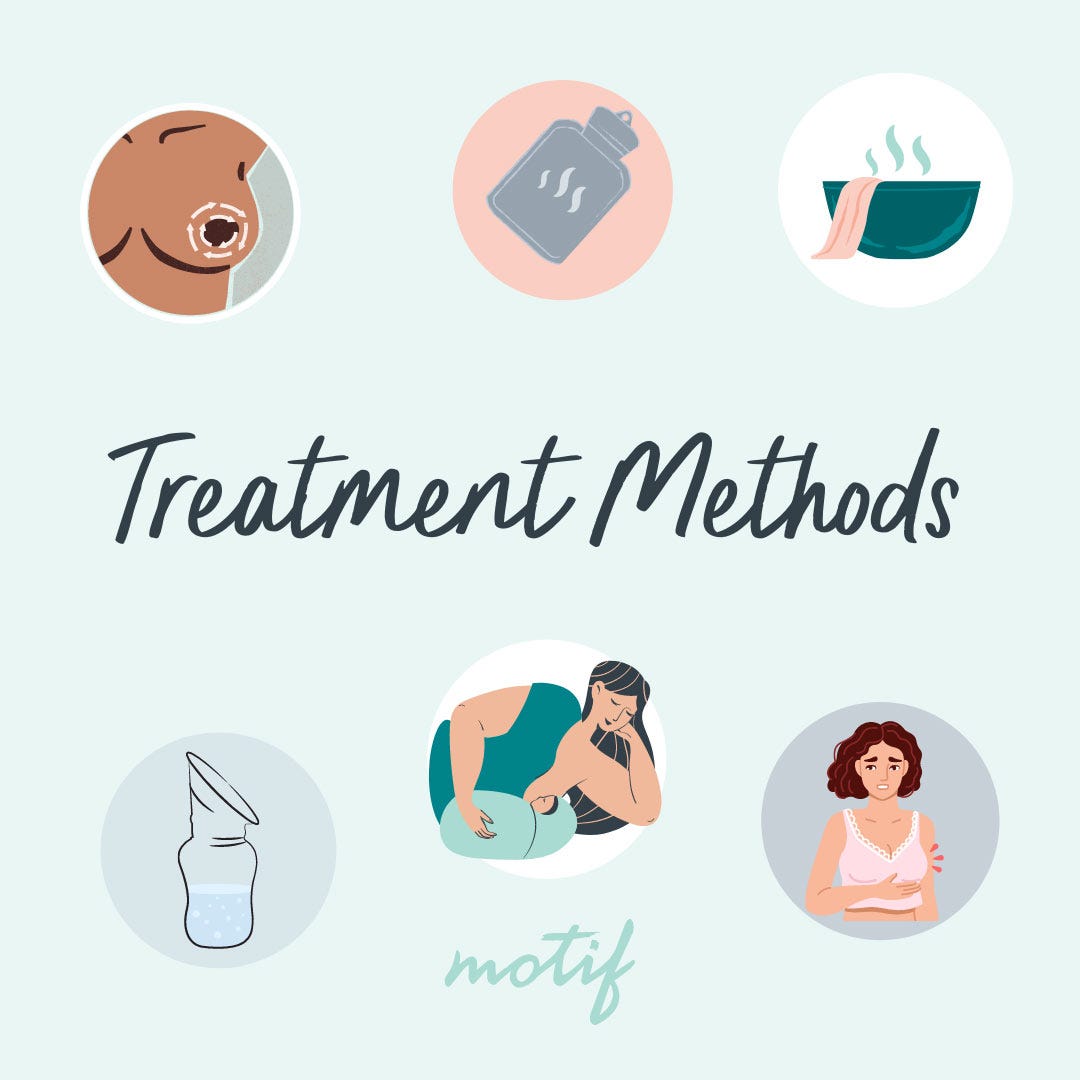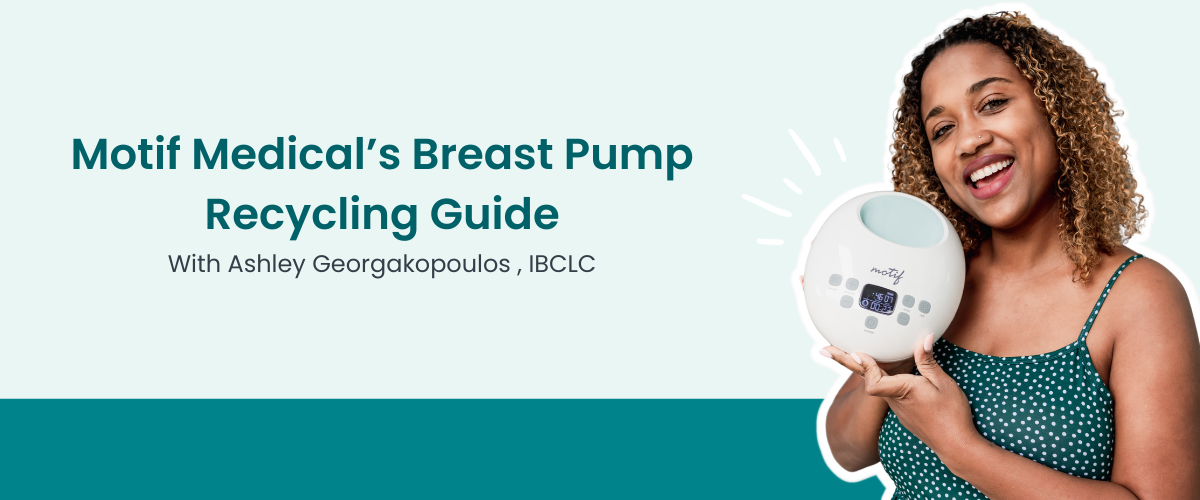Clogged, blocked, and plugged milk ducts: Many terms exist for the same problem. Restricted milk flow, or "milk stasis," leading from the breast milk-storing alveoli (those grape-like clusters in the breasts), may lead to a fatty blockage that soon becomes engorgement. If not treated quickly enough, this can also lead to mastitis, a painful breast infection. In addition, these clogs can very well lead to other problems and occurrences, including lower supply thresholds in the affected breast, nerve pain in the breast tissue, lessened pumping output, and bruising sensations. Let's discuss ways to avoid this while breastfeeding, understanding the causes, along with effective methods to relieve clogged milk ducts.
Causes
The most common reasons behind blocked milk ducts are of the following, but not limited to:
- Poor latching - shallow, weak, uncomfortable
- Breastfeeding positions that may not be effective for proper latching
- Restrictive clothing and tight bras with binding underwire
- Block feeding or strict feeding schedules
- Incorrect flange fit or pumping technique, if pumping
- Nipple damage/blebs - secondary issues from poor latching
- Abrupt weaning
- 4+ hour stretches in between pumping sessions
- Fibroids in the breast tissue pushing on ducts/channels
- Weakened immune system and inflammation
- High stress
- Thrush or bacterial infections
Breast tissue contains a complex network of storage and channels for breast milk. These are referred to as alveoli and milk ducts. The milk is made and stored in the alveoli, and when the breasts are stimulated, the milk ducts contract, pushing the milk down the channels. These channels can be found all the way up to the armpit, throughout the entirety of the breast tissue and down to the areola and nipple.
Compression from binding bras or clothing can pinch these channels, creating a blockage and poor release. Poor latching or pumping will limit release, as well, from all of the potential places milk is stored. This network is also designed to be tapped into frequently. Meaning milk flow is important for both milk supply and to flush out impurities. If milk is allowed to sit and settle for too long, say during block feeding versus feeding frequently and on-demand, the risk for blockage to occur drastically increases.
Most women can feel the backed-up milk occurring with a clog. Clogs can be anything to a tender knot, a hard lump, in the deep tissue, to a blocked outlet on the nipple, also known as a bleb. Pain may also occur while having a letdown, as other channels push up against it, and while hand expressing. While a small fever may occur due to localized inflammation, clogged ducts are mostly a nuisance and a pain more than anything else. Symptoms beyond this are now more in line with mastitis, which is an infection of the breast tissue, and need immediate attention. Reach out to a health care provider if you start experiencing flu-like symptoms or other symptoms of mastitis.
Addressing latching issues as quickly as possible will not only help with frequently-occurring clogged milk ducts, but help prevent them from happening again. If clogged ducts are a common occurrence, rule out latching and mechanical feeding problems, and reach out to a lactation consultant (IBCLC).
Avoid fad block-feeding and rigid sleep training recommendations, especially for the first six months. Breastfeeding is designed for small and frequent meals for a healthy metabolism, and the mother's body is set up to work with that design, not modern conveniences or preferences. Listen to your body and your baby!
If pumping, take time to learn proper handling and technique, and just as important, flange-sizing. Just like with a shallow latch or too much compression, a flange that is too big or too small will cause the same problems. Adjust strength settings to a comfortable level to avoid compression of the ducts.
Treatment Methods
The most common forms of treatment involve warm compression, massage, and nursing through it and massaging the area during the feed. However, other methods have also been shown to be effective.
- Epsom soaks - dangling the breasts in a tub of warm water with Epsom salt can encourage the release of the clog.
- Warm Compress on the affected side(s)
- Dangle feeding - lying baby down on a safe surface and dangling over to feed.
- Vibration and gently shaking the breast are both ways to break up a clog.
- Lecithin - a fat constituent found in foods and supplement form, such as sunflower and soy, known to help emulsify fatty milk for easier release.
- Use your breast pump - if the baby does not feed well or has already fed, pump immediately after a feed to encourage more thorough emptying and clog removal as needed.
- Hand express - the breast stimulation e is helpful to the affected area.
- Stay hydrated - this is important in flushing out potential infectious tendencies.
- Rest.
- Pain relievers may be recommended for breast pain, but consult with a health care provider and the NIH's Drug & Lactation Database: LACTMED. There are guideline changes between pregnancy and postpartum for the use of ibuprofen and acetaminophen.


Important notes - while massage is a primary go-to for dealing with plugged milk ducts, it's crucial to realize that the clog is in FRONT of the backed-up milk.
Massaging in front of the knot will release the clog faster, as in, the side of release toward the nipple, while pushing behind it may be adding to the milk buildup.
Expressed milk may show strings or grainy appearance. While this may look unappetizing, it is entirely safe to give your baby.









